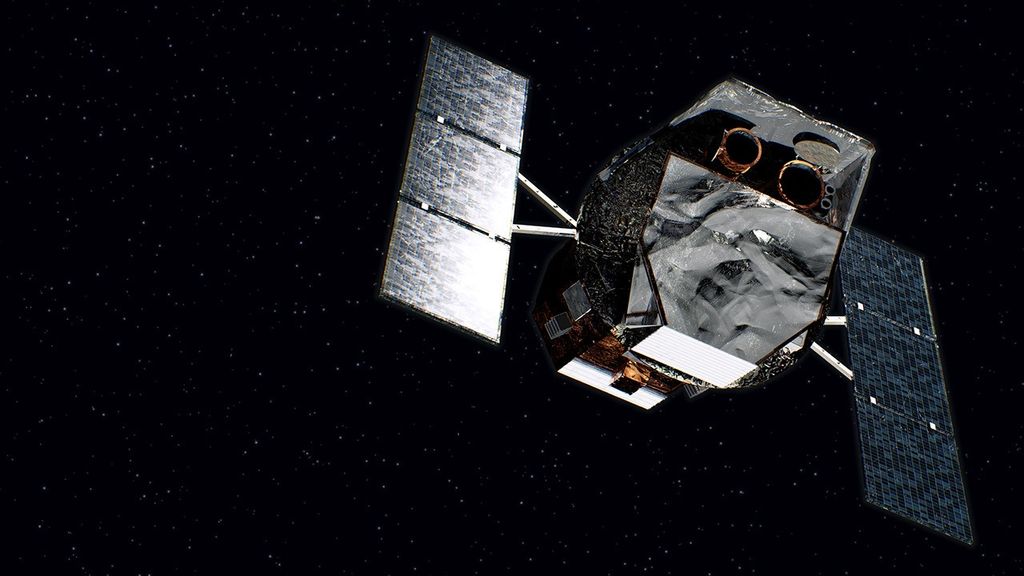Assessment of Nutritional Value and growth Parameters of Space-grown Plants (Plant Habitat-02)
Science Objectives
Assessment of Nutritional Value and Growth Parameters of Space-grown Plants (Plant Habitat-02) cultivated radishes as a model plant that is nutritious and edible, has a short cultivation time, and is genetically like Arabidopsis, a plant frequently studied in microgravity. Developing the capability for food production in space requires understanding cultivation conditions such as intensity and spectral composition of light and the effects of the culture medium or soil. This research could help optimize plant growth in the unique environment of space, as well as evaluation of nutrition and taste of the plants.
Status
Delivered to the International Space Station via Northrup Grumman-14.
Experiment Description
The goal of the Assessment of Nutritional Value and Growth Parameters of Space-grown Plants (Plant Habitat-02) investigation was to measure the metabolic and physiological responses of radishes grown in the Advanced Plant Habitat facility and identify the effects of the space environment and culture conditions on metabolite accumulation, flavor, enzyme activity, mineral uptake and generation time. The research intends to transition from small plant-based research to studies that investigate nutritional value, interactions between small volumes of artificial substrate, and plant performance and cultivation conditions.
The research addresses NASA’s goal of sustaining crews on long-duration space exploration missions beyond low-Earth orbit, including missions to the surface of the Moon and Mars. These missions will require astronauts to maintain nutritionally valuable food crops that can be reliably grown in an artificial environment defined by altered gravity levels and different atmospheric and soil conditions.
Space Applications
This investigation analyzed the complex interactions of conditions in space and their effect on plant growth. Results contribute toward NASA’s goal of sustaining crews on long-duration space exploration missions, including to the Moon and Mars, which will require reliably growing nutritionally valuable food crops in space.
Earth Applications
This investigation furthers understanding of the physiology of plants, which may improve the efficiency and productivity of plant cultivation on Earth, as well as the nutritional value of crops.


































